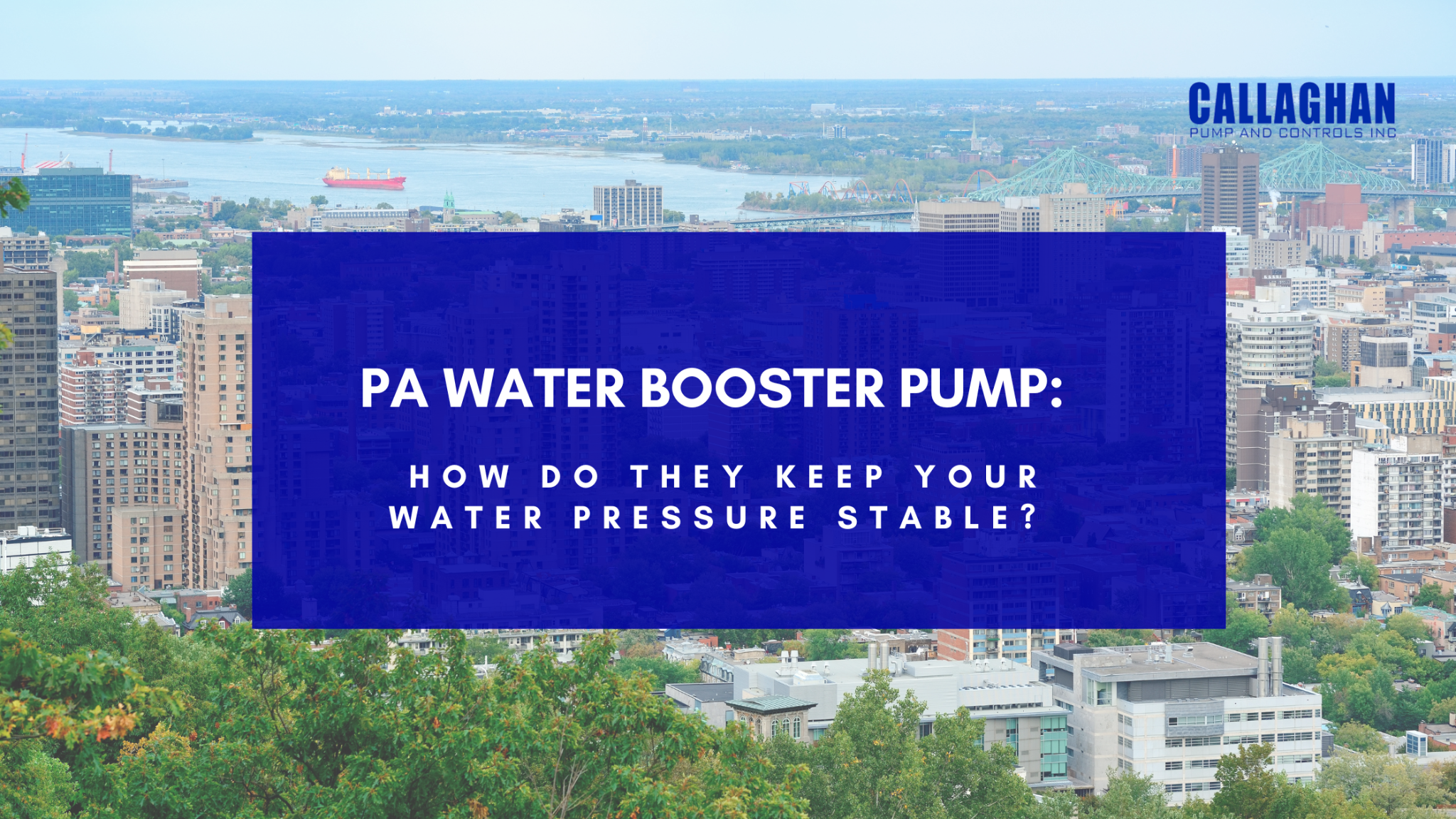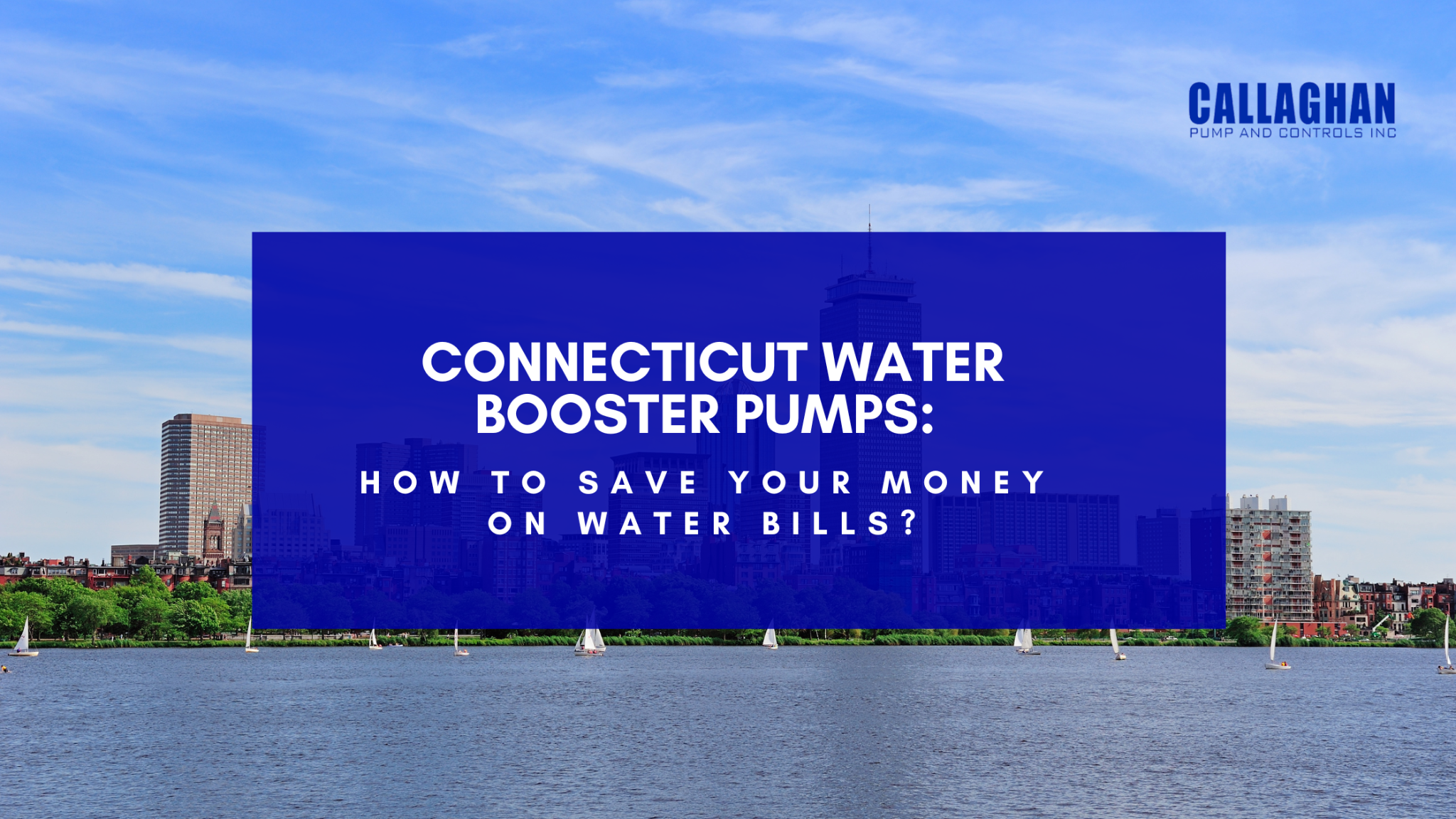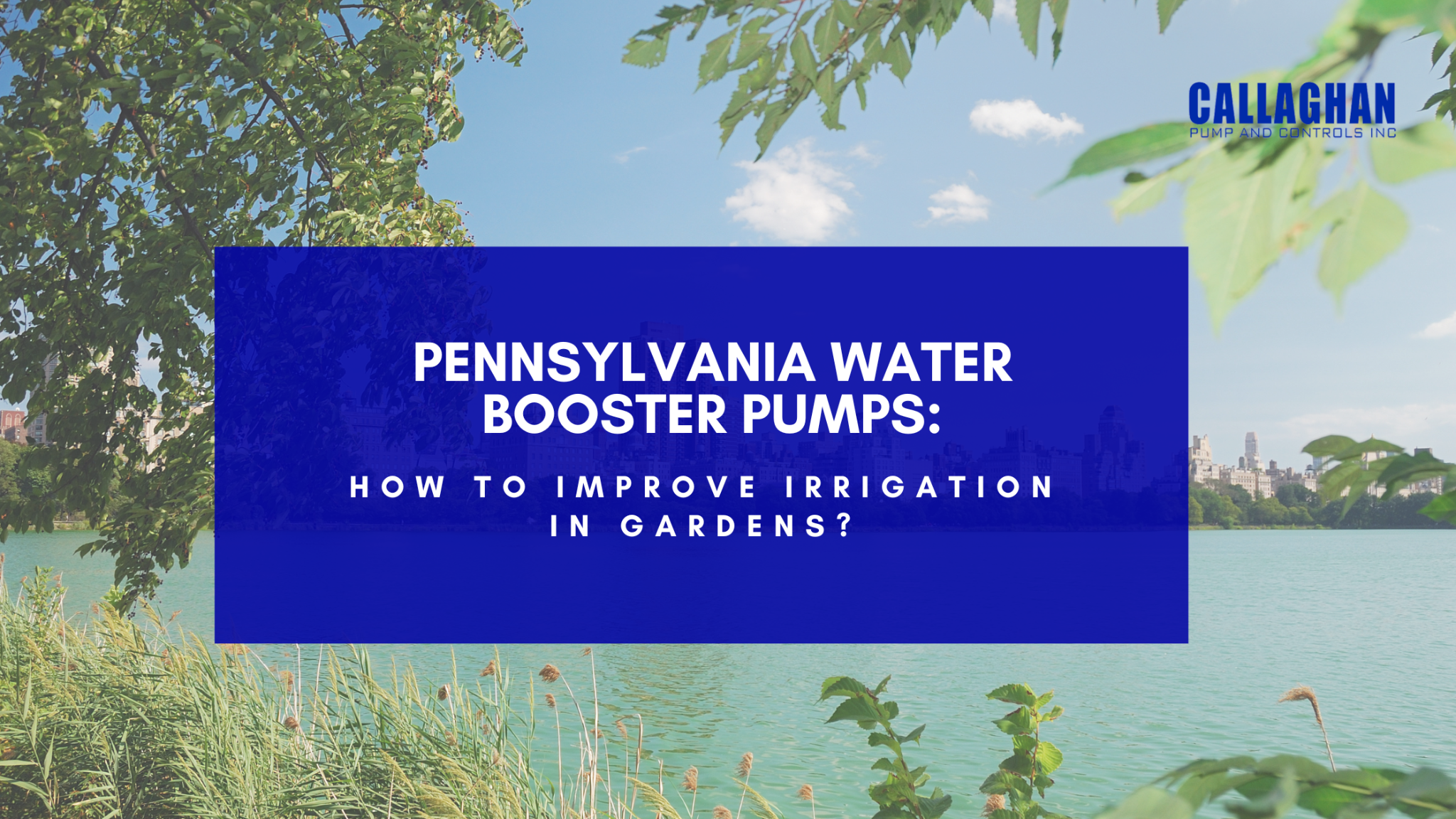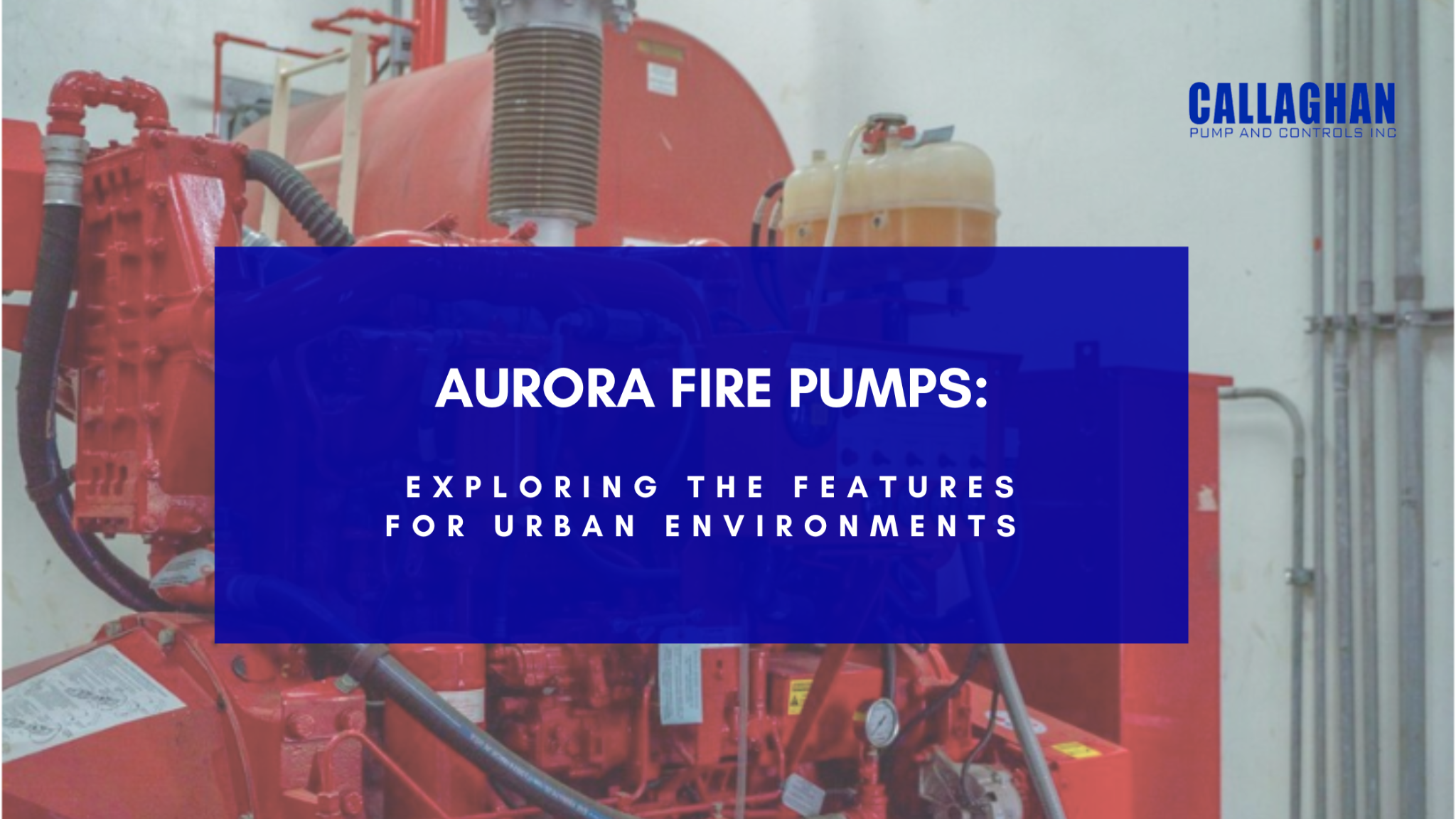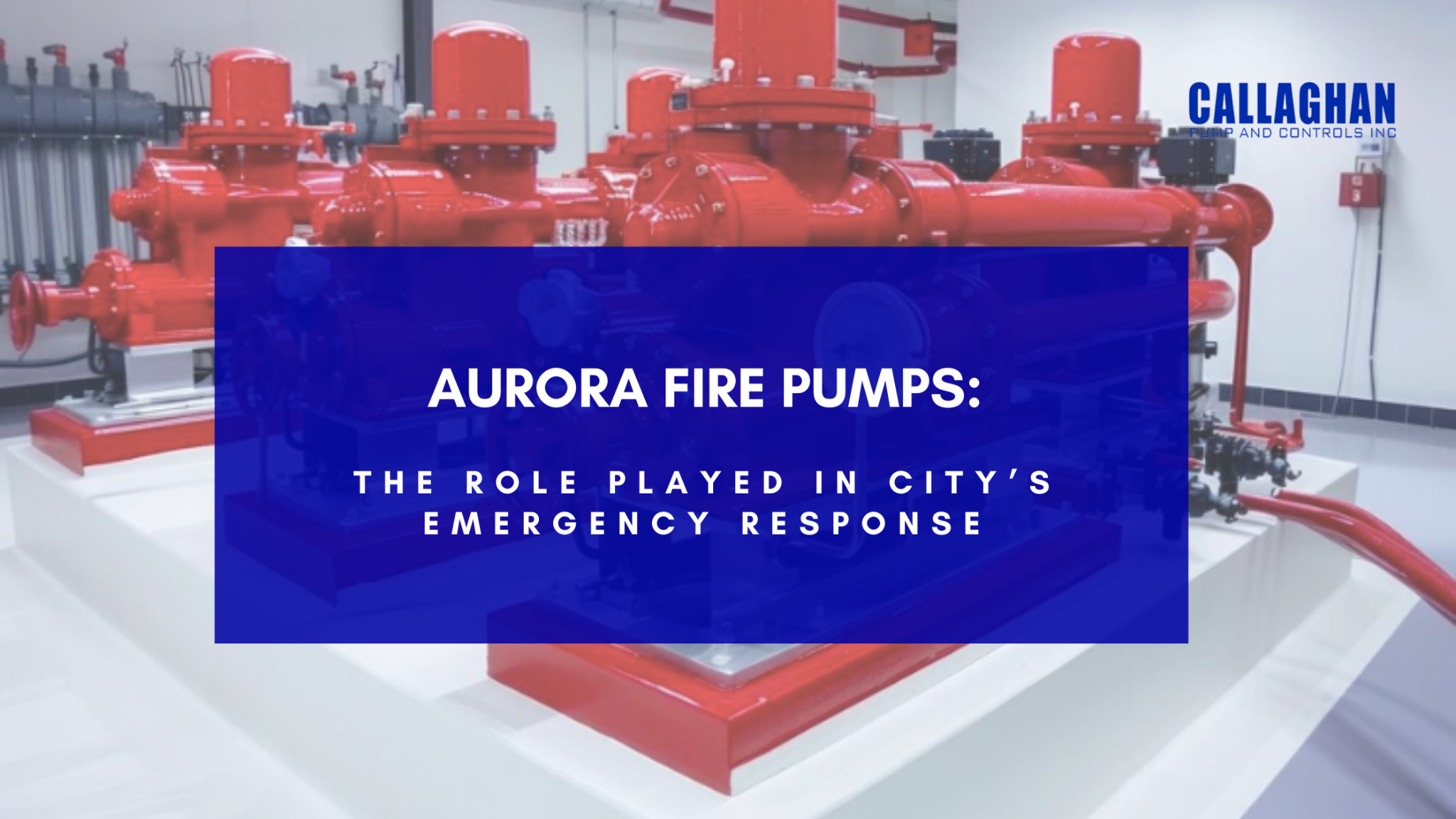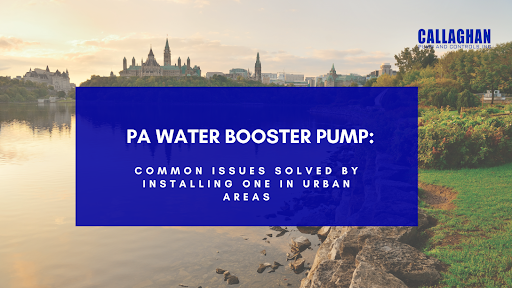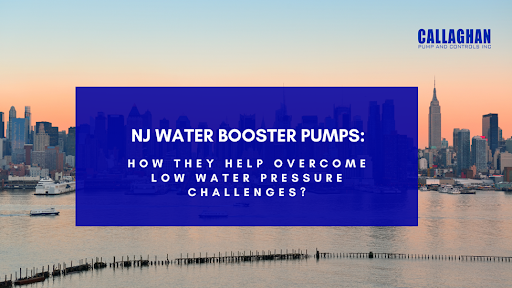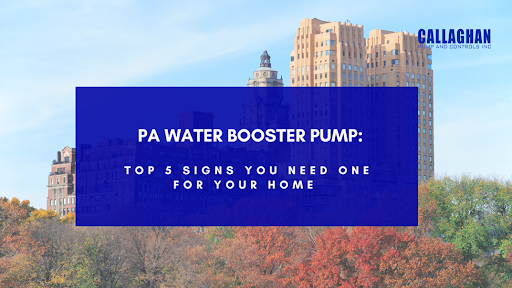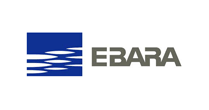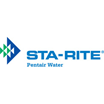Most of us never bother to think about water pressure until it gives rise to severe issues. Erratic flow, weak showers, slow faucets, or appliances working inefficiently can prove to be a very stressful issue in homes and commercial buildings. This is where a PA water booster pump comes to the rescue.
A water booster pump is used to boost water pressure in plumbing systems. It is installed when the municipal supply does not offer enough pressure throughout a building, usually when two or more fixtures share a supply of a single pipe. They are essential in multi-story buildings, commercial properties, or houses with low municipal water pressure.
How Does a PA Water Booster Pump Work?
The function of a water booster pump is to control the flow of water and constant pressure. Here is how it works:
- Monitoring of Water Flow: The booster pump monitors the flow of water if, say, a tap opening or someone wishes to use an appliance that needs some water
- Activation of the Pump: Once turned on, the pump sucks water from the main supply or tank.
- Increased Pressure: This raises the pressure since the flow rate at which the water is passed through the pipes will be increased.
- Supply with Constant Pressure: The pump adjusts itself with the demand created and ensures that the water pressure is steady, whether single or multiple faucets are open.
Why is Stable Water Pressure Important?
Water pressure has to be stable for many reasons. These are as follows:
- Convenience: Imagine you need to bathe, and the water in your house is fighting to find its way out of your house’s tap. Steady water pressure will ensure that you have a comfortable and steady flow in the showers, sinks, and other fixtures.
- Appliances Efficiency: House appliances such as dishwashers, washing machines, and boilers require a given amount of pressure to function well. The appliances will not be efficient without such an extent of supplied pressure.
- Prevent Pipe Damage: The fluctuation causes pipe bursts or leaks because of the length of time. A PA water booster pump keeps uniform pressure throughout your house, exerting the least stress on your plumbing.
Key Benefits of PA Water Booster Pumps
If you invest in a water booster pump, the following perks can be enjoyed:
- Increased Water Pressure: The most immediate benefit of installing booster pumps is improved water pressure. You can be staying in an apartment complex, a considerable distance from your water supply source, or in an area characterized as low pressure. However, a water booster pump can ensure that all fixtures at home or in a building will have water flowing through them appropriately and with sufficient force.
- Energy Efficiency: Water booster pumps are energy-efficient because they only use power when water is needed. This saves you some energy bills and, at the same time, ensures constant water flow.
3, Pressure Customization: Pressure can be customized depending on your needs when using water booster pumps. It can be higher in certain fixtures or less in particular areas.
- Suitable for Other Uses: Apart from residential use, these pumps are used in other applications. They are prevalent in commercial properties, high-rise buildings, industrial facilities, and agricultural settings with a strong demand for steady water pressure due to irrigation.
- Low Noise Operation: Among the severe concerns people would have with pumps is the noise they could produce. However, PA water booster pumps are made for low-noise operation, making them appropriate for use in homes where some peace must be kept intact.
Where Can You Use a Water Booster Pump?
Water Booster Pumps are very versatile and can be installed to suit a wide range of purposes like:
- Houses: Booster pumps are mounted inside residential houses, flats, and condominiums. Household buildings, especially tall ones, experience low water pressure, wherein the booster pump ensures that the water pressure starts from the ground floor and moves to a higher level.
- Commercial Property: Booster pumps are most commonly used in commercial properties. A water booster pump ensures uniform water pressure even at peak usage.
- Factory Plants: Industrial plants and warehouses require higher pressure to push the processing equipment through. Water pressure would not be affected due to the low supply lag with a booster pump.
- Agriculture Farming: Farms and greenhouses require constant water supply for irrigation. A booster pump assures that the crops and plants receive just the right amount and not too much.
Installation and Maintenance
Installation of water booster pumps is quite effortless; however, it is always better to call a professional to ensure everything gets done right. Once installed, the pumps hardly require any more maintenance. Regular investigation and occasional cleaning will make the pump run for years.
Water pressure problems are frustrating, but a PA water booster pump will provide the solution. Its consistencies help ensure that water will flow efficiently for everything needed. A booster pump can make a real difference from every tap and shower to an appliance, ensuring proper functioning.
It’s time to install a water booster pump if you are frustrated with low or unreliable water pressure. As they are easy to operate, energy-efficient, and reliable in performance, the pumps provide the most effective solution for all your water pressure needs. That said, contact us today for further details.

